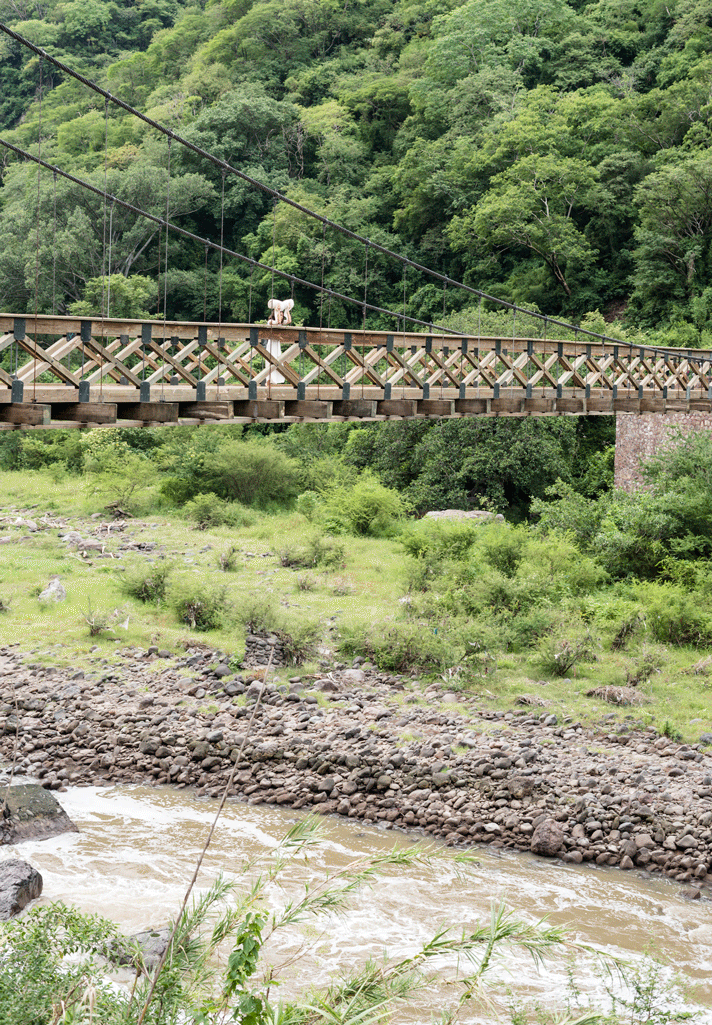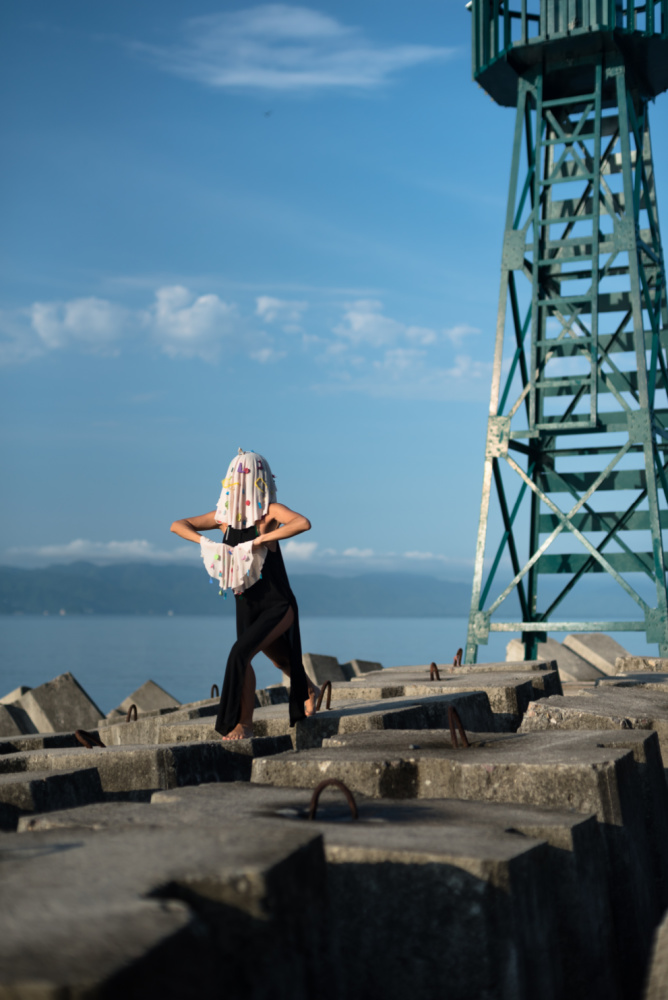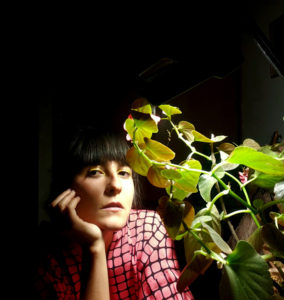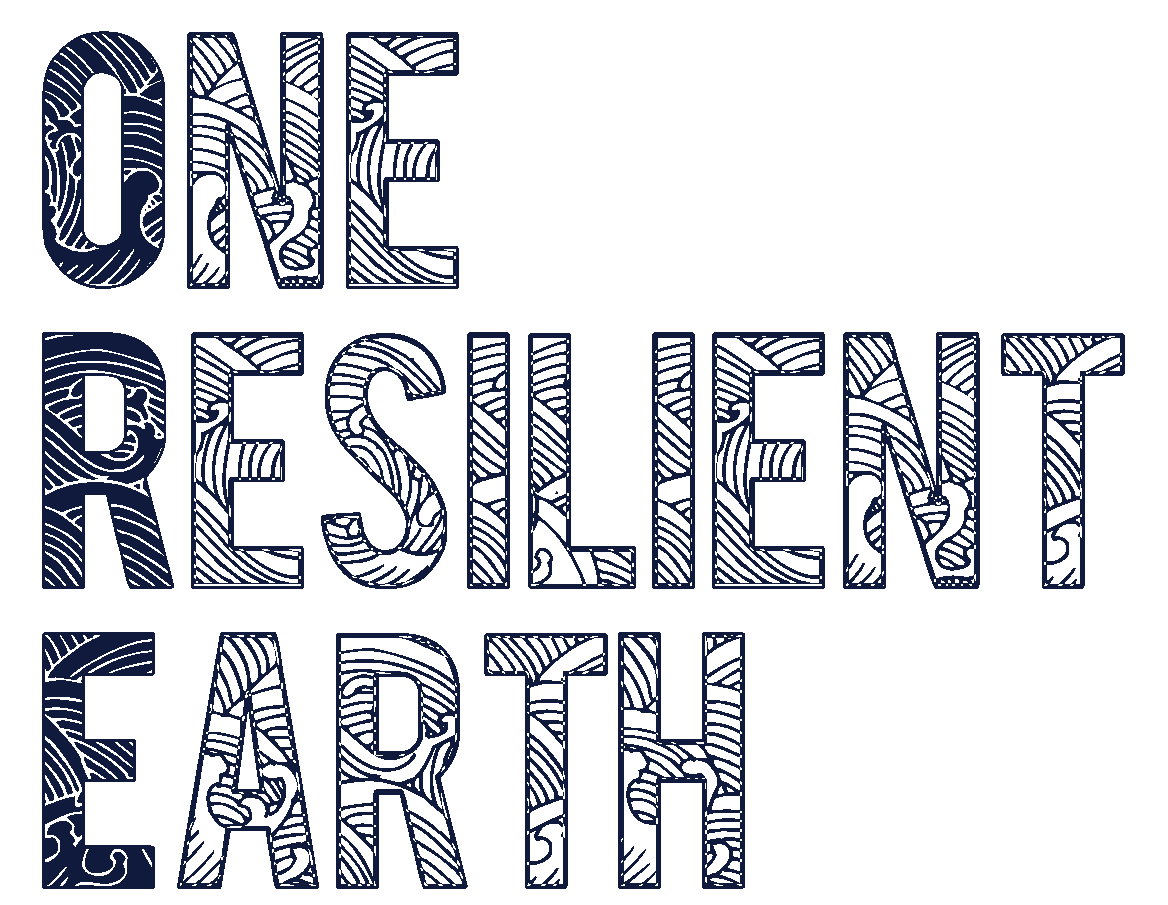The Open Mind Series is a selection of interviews with artists, designers and other ‘creators’ from around the world giving us an insight into how they see the world now and tomorrow. No qualifications required. No taboo. No right or wrong. Just openness. And artworks.
Has theatre helped you cope with the climate crisis? Or has it made it worse for you?
Performance art is a great tool to go beyond that ecological guilt that so often paralyses us, a nasty mix of fear and anxiety. The creative force gives us a chance to rebuild, to go beyond that wall that has been erected by the hegemonic system. Personally, it gave me an opportunity to change my focus, to rethink about our relationship with our planet. Creating from the body, expands our senses of possibilities. What if we upcycle fear and insecurity? What if we begin with what we love about our planet? I think words like care, desire, pleasure, community, world making, alliances, (and please feel free to insert here any other you can think of) have great potential to stimulate our thirst for climate justice and transformation. In times of climate crisis and radical ecological changes, creating and connecting with our bodies, the planet, and all of its creatures is a potent way, not only to cope with the present, but also to inspire us and to fertilize our ACTING potential.

What do you hope to leave the audience with?
With a seed, even if it is the tiniest one. Even if my work touches a single spectator/participant, it is enough. She/he/they will probably go home, and after a day or two, or even months, that spectator will feel feelings (something growing inside), think things (new possibilities perhaps), reflect on it, and might, just might, water that baby plant inside, right?
Whom do you wish could see your plays/performances today?
The passer-by that was not planning on seeing a performance, who was just going to work or maybe to grab a cup of coffee. There is a special kind of magic in occupying the eyes of casual passers-by.

If there was no limit to what you could do, which story would you like to tell? Where would it be staged and with which protagonists?
I have a beehive in my rooftop, and I’ve been working on a life and art project in collaboration with honeybees that entails diverse mediums like performance, photography, video, sound and sculpture. So, the bees and I would love to share the bee-human relationship story. We would tell it from within the hive, with a special dance. Did you now bees communicate by dancing? We would dance and buzz, dance and tell how bees have been here for such a long time (over a 100 million years ago!), how bees chose nectar over meat, kinship over individualism, matriarchy over patriarchy, had threesomes with flowers and thus diversified them. Dance and buzz, how for humans, discovering honey was as transformative as discovering fire. Dance and tell, how ancient civilizations used to embalm the dead with their precious golden liquid, how for centuries humanity killed bees in order to have their sweet sweet honey. Dance and buzz how humans force massive bee colony movement for commercial pollination, overuse pesticides and antibiotics while destroying their natural habitats, how bee colonies are rapidly collapsing, and how we, bees and humans, desperately need to start dancing together, a collaborative, bold, beautiful dance in order to survive.

Do you have practices to make your work less wasteful and/or more sustainable?
I like to use materials that are already in the landscape, like charcoal, earth, plants, ocean water, river water. I´ve also used maize dough, tortillas, tomatoes (all of which were reused afterwards somehow, either as hot salsa 

What inspires you the most in nature/in this world?
Symbiosis, (I love to say that word aloud!) I was deeply inspired and moved when I read Lyn Margulis’s theory on the role of symbiosis in evolution. According to her studies on microbes and bacteria, evolution is a result, not so much of competition, but of cooperation between all the organisms that inhabit the planet. So, symbiosis is basically different organisms living in association with each other and shaping Earth’s surface and life. Species evolved because of interconnectedness, collaboration, mutual dependence and fusion, and not, as stipulates the Darwinian paternalistic structure, individually. Turns out it is not about “survival of the fittest”, but survival thanks to cooperation. Many of our deepest social and environmental problematics are due to an individualistic, competitive western mentality that has been embedded in our way of thinking and acting. What if we start practicing a more symbiotic way of living?
Symbiosis as a source of inspiration, as a way of rethinking planetary life, sociability, knowledge, mutual help, relationships, care, community, all of it in order to stimulate a world where diversity and multiplicity can thrive.

What do you like to celebrate with your community?
Transformations and new beginnings.

Because this is our favourite question, how do you imagine the world in 1000 years?
The planet in the year 3021? I imagine someone a thousand years ago, trying to answer the exact same question. It’s crazy!
Lately I’ve been trying to escape from the future, and its potentials apocalyptic or utopic possibilities and rather shift my focus on being more present.
Today, here, right now, what can I do?

Kiyo Gutiérrez is a Mexican performance artist based in Guadalajara. Ecofeminist, provocative, earthy, politic, her work explores environmental, social and political issues affecting contemporary society. She places her body into ruptures opened up by instability, precarity, and pollution. Her art seeks to fulfill performance art’s potential as a tool of resistance and strives to dissolve cultural taboos that have been constructed under a patriarchal system, with the hope of eroding preconceived notions of nature, culture, gender, identity, sexuality and art, in order to generate and disseminate discussions on complex social realities.
